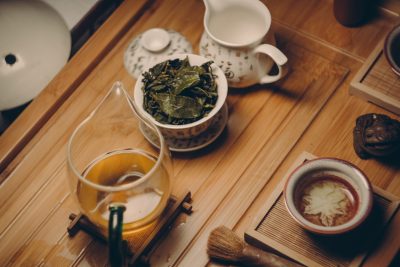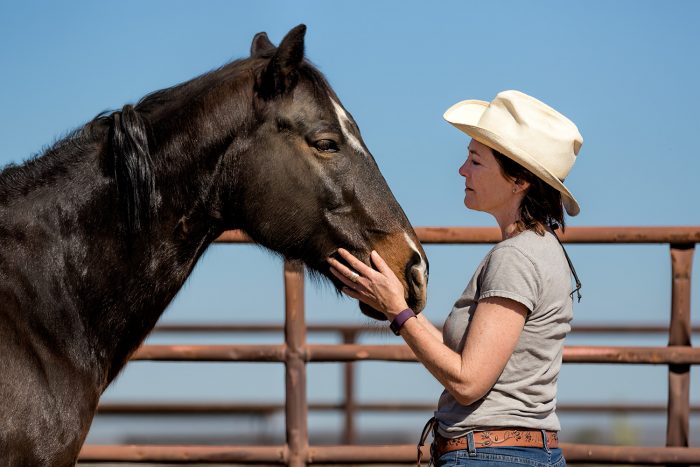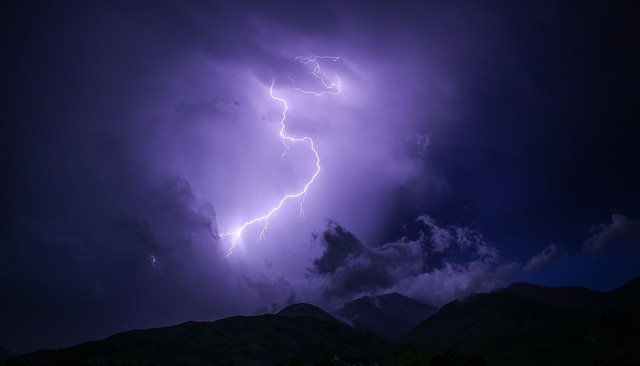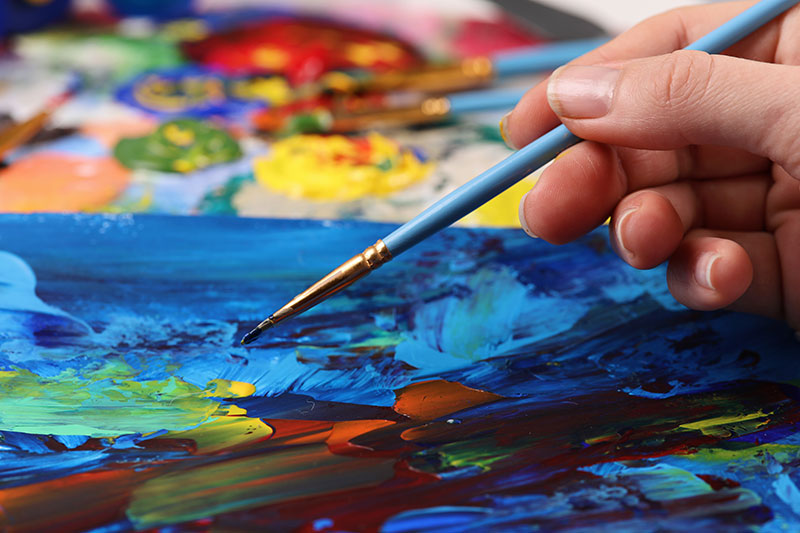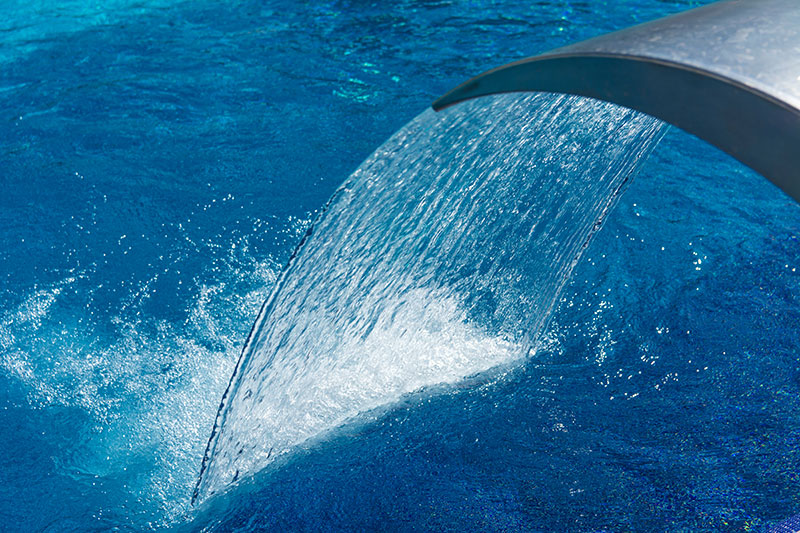How to Conduct a Traditional Taiwanese Tea Ceremony
Known for its oolong teas, Taiwan is a country with a culture that thrives on tea and the ceremonies that go with it. “Come in and drink tea” is a common greeting to guests, which shows how imperative it is to social gatherings. A famous Taiwanese saying says “You have friends and you have tea– so you’re rich!” This quote perfectly demonstrates the tea culture in Taiwan, which has been heavily influenced by Chinese, Japanese, and even British tea culture to create a culture with unique teas and traditions.
Why Drink Tea?
Other than being delicious, tea has an ample amount of health benefits. There have been studies published that demonstrate how tea can boost cognitive performance. There has also been a link found between tea consumption and a reduced risk of neurodegenerative disease. Oolong tea in particular has been linked to reduced blood pressure, cholesterol, and risk of heart disease and stroke. Oolong tea may also help increase bone density and strengthen tooth enamel. Many also report increased relaxation and deeper sleep after drinking hot tea. Tea also has less caffeine than coffee and more antioxidants to help boost the immune system.
History of Taiwanese Tea Culture
When Taiwan became a part of China in 1662, there was an influx of Han Chinese immigrants to the island. With them, they brought seeds and plants to plant tea trees. In the 18th century, the tea trade began to pick up and more settlers started to import tea. In 1855, it was discovered that oolong trees thrive in the climate of Taiwan’s mountains, and Oolong tea quickly became popularized.
British traders then began to influence the tea trade by investing in the region and exporting oolong tea. Jardine Matheson & Co. would purchase the semi-finished tea and sell it, but the trader John Dodd invested in Taiwan so the oolong could finish processing completely before being shipped.
The Japanese Empire occupied Taiwan in 1895 and then put their own influences into the tea. Taiwanese tea farmers were given new machinery to increase production and were also told the secrets of Japanese tea production. By 1970, Taiwanese tea farmers primarily produced just the popular oolong tea and cultivated a reputation for its fine quality and flavour.
Conducting the Ceremony
There are not many that know how to drink Taiwanese tea through the traditional ceremony. Most are more familiar with Bubble Tea, which is also very popular in the country, though more commercialized. There are Taiwanese ‘Tea masters’ who have years of experience studying the world of tea and know how to conduct the tea ceremony, which is similar to the Chinese Gong Fu Cha tea ceremony.
For the most authentic Taiwanese tea experience, use a grated tray with a removable bottom. The traditional tea ceremony involves pouring water in and out of the cups, so the tray is designed to catch all that water and prevent making a mess. Oolong tea is traditionally made using a gaiwan, which is a traditional tea maker originating in the Ming Dynasty.
Start by putting the oolong tea leaves into the gaiwan and pouring just a little bit of hot water over them. The water should be very hot, around 180 degrees. Immediately strain out the water. This first step is so the leaves can open up a bit. You can now smell the tea leaves, and you should notice that the aroma is stronger.
Again, pour hot water over the leaves, this time filling the gaiwan up to the top. Put on the lid and let steep.
A traditional Taiwanese tea set should come with tea cups of different sizes. There will be short cups that look like tiny bowls and cups that are taller and narrower. Each person participating in the ceremony will use one of each cup.
While the tea is steeping, pour the hot water into all of the cups. Then, pour the water out. This is meant to warm the cups in preparation for the tea. It also a way of cleansing and honoring them. Your tea set may come with tongs, which you can use to pick up the cups when pouring the water out.
By now, the tea leaves will have softened in the gaiwan and the tea can be strained into a pouring pitcher. Then, pour the tea into the tall cups, making sure to distribute it evenly among all participating parties.
Next, pour the tea from the tall cup into the short cup. The tall cup is known as a ‘sniffer cup’ and is found in no other tea culture. Once you have poured its contents into the short cup, you can lift the tall one to your nose and breathe in the aroma of the tea prior to tasting it.
You can now finally taste the tea! The proper way to drink the tea is by finishing it in three sips. The first sip is small, the middle sip is a large gulp, and the last sip is to enjoy the aftertaste. The tea is meant to be drunk alone with no additives. This differs from traditional British tea which is often paired with milk or sugar.
Why is Taiwanese Tea Special?
Taiwanese tea is a very popular commodity, especially oolong tea which makes up about 95% of all tea production. 85% of all Taiwanese tea stays in the country and only 15% is exported. It’s hard to find authentic Taiwanese-grown oolong tea outside of Taiwan because so little is exported. Taiwan also produces green and black tea in smaller quantities. Very rarely will you encounter white tea in Taiwan.
Taiwan has the perfect climate for tea farming. Taiwan’s high mountain teas are often known as the champagne of oolong tea. These teas are farmed in cold temperatures which makes the leaves grow more slowly but allows more minerals to be in each tea leaf, causing the leaver to be more flavourful and aromatic.
Check out a Taiwanese Ceremony here
Check out tourism in Taiwan here

